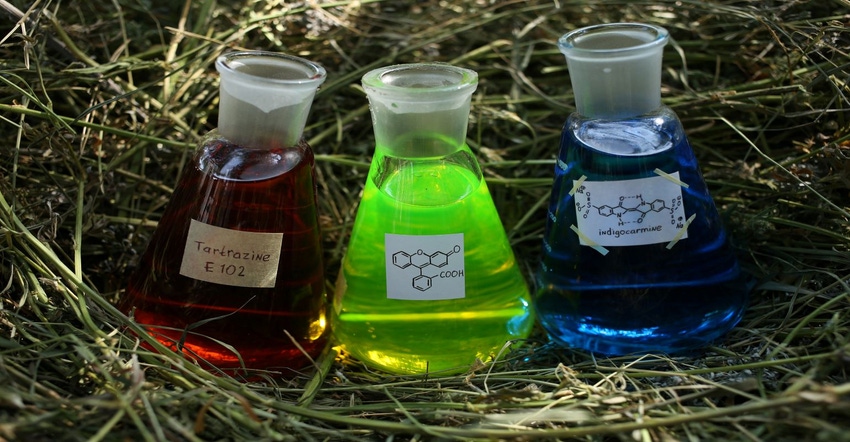- Colors/Flavors
- Market Trends & Analysis
- Beverage Development
- Food and Beverage Regulations
- Manufacturing
The debate surrounding synthetic food dyes could be back in the public eye following a report from California’s Office of Environmental Health Hazards Assessment indicated some synthetic food dyes can cause or worsen behavioral problems in some children.

The movement toward more natural food and beverage was underway even before the COVID-19 pandemic pushed personal health to the forefront. Concerns around synthetic dyes in foods have existed even longer, with close to three decades’ worth of—to this point, largely inconclusive—research examining how artificial food colorings affect children. That debate may find itself back in the limelight following a recent report from California’s Office of Environmental Health Hazards Assessment (OEHHA), which indicated some synthetic food dyes can cause or worsen behavioral problems in some children.
The report assessed evidence from 27 clinical trials involving the potential effects of synthetic food dyes in humans as well as animals. According to the report, the synthetic dyes included in the studies were Blue No. 1, Blue No. 2, Green No. 3, Red No. 3, Red No. 40, Yellow No. 5 and Yellow No. 6. The authors noted the most common dyes found in foods were Red No. 40 and Yellow Nos. 5 and 6.
Many of the studies included in the report involved “placing the children on a dye-free diet for several weeks, followed by providing the children with a mixture of dyes,” then recording measures of behavior “by a number of standardized methods.” The results between studies were mixed but left the authors with a clear conclusion.
“The body of evidence from human studies indicates that synthetic food dyes are associated with adverse neurobehavioral outcomes in children, and that children vary in their sensitivity to synthetic food dyes,” the report stated. “Overall, our review of human studies suggests that synthetic food dyes are associated with adverse neurobehavioral effects, such as inattentiveness, hyperactivity and restlessness in sensitive children. The evidence supports a relationship between food dye exposure and adverse behavioral outcomes in children, both with and without pre-existing behavioral disorders.”
The report also noted the increased prevalence of these synthetic dyes over the last several decades, as well as where children are most likely to encounter them. From 1955 to 2015, the report stated, synthetic dyes certified for use in foods increased from 1.6 million pounds worth of dyes to over 17 million pounds. The most common food items found in the study associated with food dyes were juice and fruit-flavored drinks, soft drinks, ice cream cones, breakfast cereal and icings. Certain over-the-counter (OTC) medications, such as cough syrups, also contain these dyes.
Because of the controversial history of the association between synthetic dyes and behavioral issues—and the mixed results found within research—the report authors also made several suggestions for areas of future study. These included:
Genetic susceptibility, given the very limited information available;
Biomarkers of effect and exposure;
Potential long-term effects of repeated brief exposures on brain development and function;
Differential exposure and effects by age, sex, race, ethnicity or socioeconomic status; and
Pharmacokinetics (absorption, distribution, metabolism and excretion) of ingested food dyes (straights and lakes) in children and adult populations.
As research continues, and as COVID-19 continues to drive personal health to the front of consumers’ and parents’ minds, food and beverage formulated with natural colors should continue to see increased demand, especially for children.
“The scientific literature indicates that synthetic food dyes can impact neurobehavior in some children,” the report’s authors concluded. “Comparison of the recent animal studies and single-dye human studies on neurotoxicological outcomes with the older studies that serve as the basis for FDA ADIs [acceptable daily intakes] indicates that current ADIs may not provide adequate protection from neurobehavioral impacts in children. For some of the dyes, these comparisons indicate that updated safe levels of exposure would be much lower.”
About the Author(s)
You May Also Like






